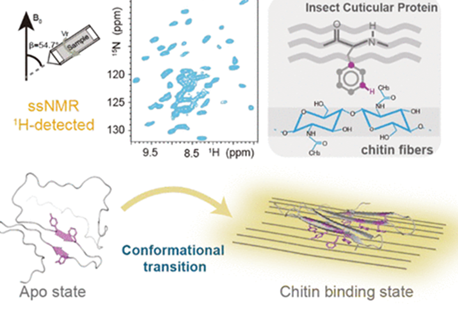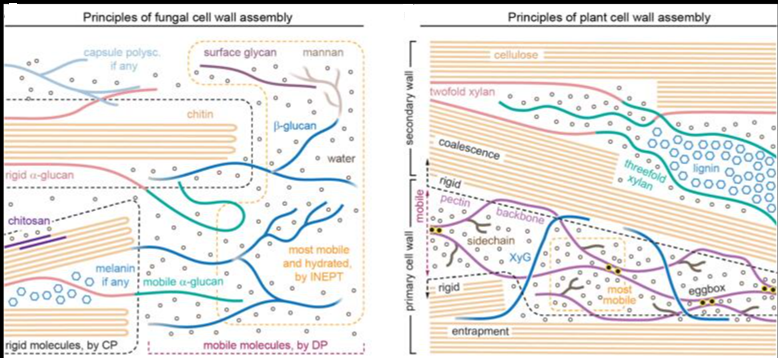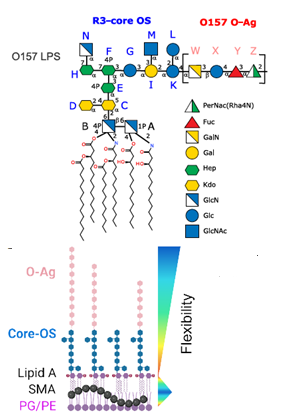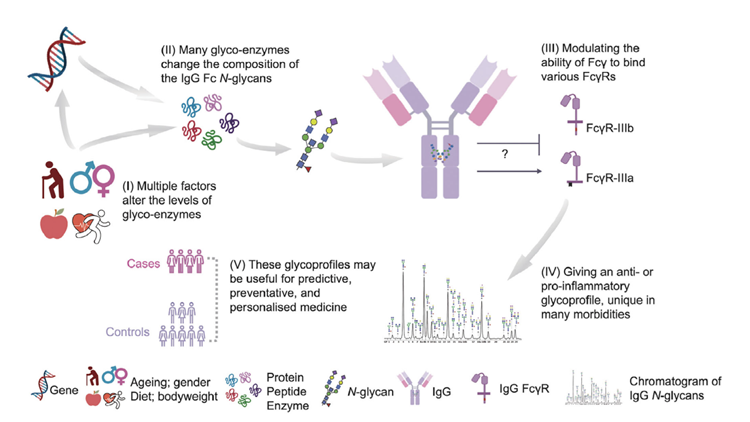Heparin is a widely used lifesaving anticoagulant drug of biological origin. Unlike many other drugs, heparin is not a small molecule, peptide, or protein but a linear sulfated polysaccharide categorized as a glycosaminoglycan. In addition to being used as clinical medicine, heparin with its complex mixture of polyanionic glycosaminoglycan chains is the subject of much academic study. A heparin contamination crisis in 2007-2008 resulted in many fatalities, and as a consequence, physicians, heparin manufacturers, regulatory bodies, and academic researchers all contributed to an effort to modernize the quality control analysis of heparin in clinical use. The Heparin Workshop series represents a continuation of the close collaboration of subject matter experts from many backgrounds that began in 2007. The editorial article summarises the main points that were addressed during sessions covering heparin characterization, bovine heparin, regulatory perspectives, and the future of heparin. The articles papers in this special Research Topic collection reflect those subjects.




